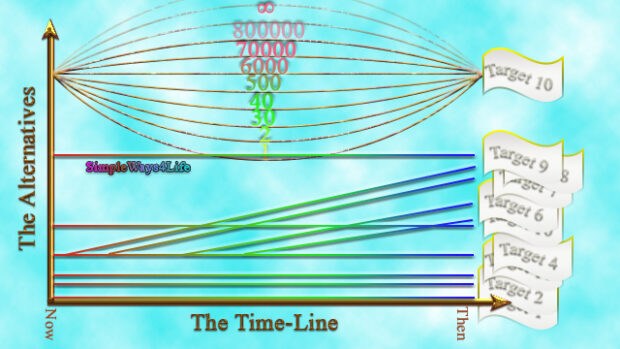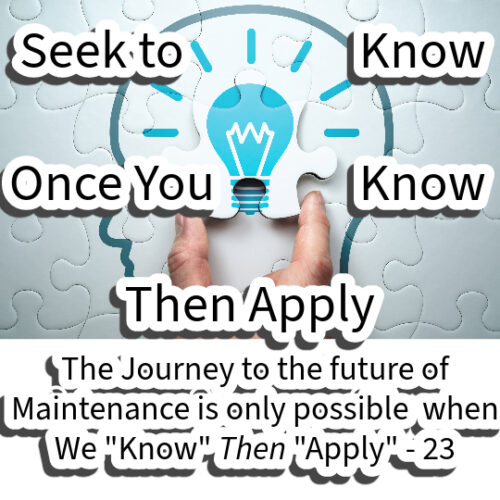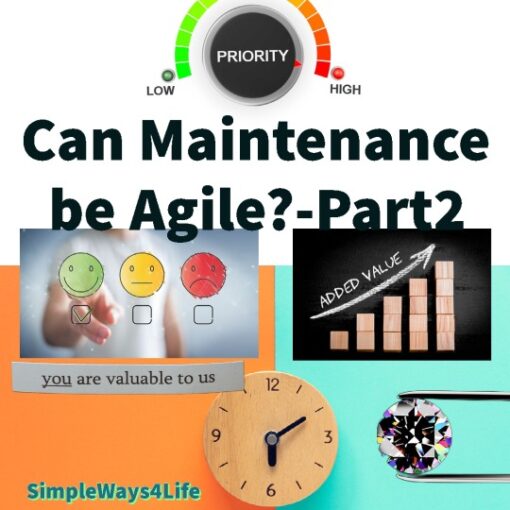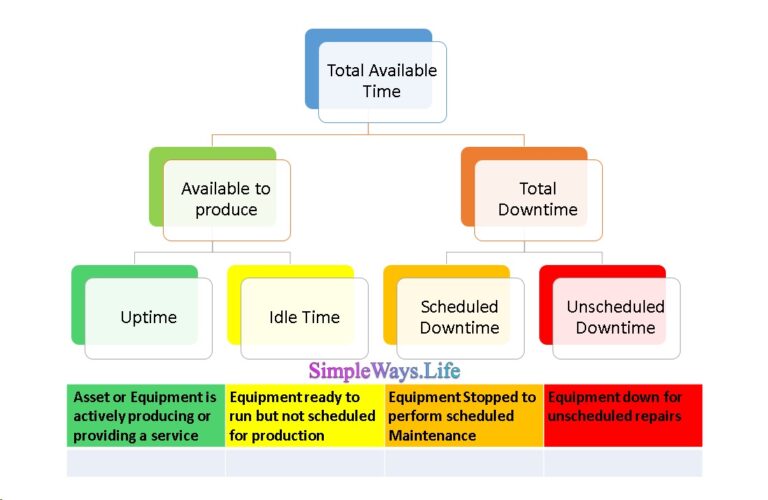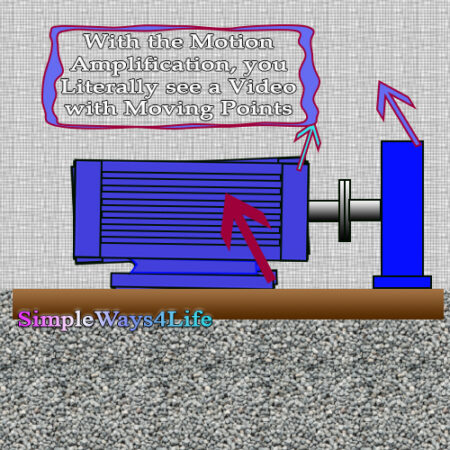NO. We are bound only to the time axes. So, you may read this post on the day it was published which is the second day of the year. However if you read it tomorrow, it will be the third day and then the fourth and so on. This means that the time is moving forward. It won’t stand still or return back. So, we need to be sure that the end of the year major repair will come; And the equipment will reach the 100,000 operations hours some time on its timeline. What differs is the y-axis. When you get prepared for what is inevitably going to meet you on the timeline, are you going to meet it at level zero of the y-axis or the level 100 % readiness.
Shifting between timelines
Even though this title seems has no relation to career in general and maintenance specifically, it is a crucial part of it. Sometimes when we see titles like shifting timelines, we think of time-travelers or superstitious powers. However, it is very simple and close to our everyday life more than we think. It is like when your read technical researches and articles about maintenance without reflecting back what you read on what you do. When in the status of only reading, you think it is a subject difficult to comprehend. Then, you try to link what you do on the shop floor to what is written in those articles and you name your activities with proper technical names. You will find that what you do and what you read are on a close proximity. It is just a matter of different nomenclature.
Examples of shifting timelines:
Think of someone who was studied as an engineer then decided to continue in an academic teaching position. Or, who studied as an accountant then decided to shift to sales or marketing.
Same example applies when we decide to apply a new maintenance strategy. Think about introducing the condition monitoring of the equipment and adapting it as a prevailing strategy for critical assets. Your steps forward on the time-line had totally changed since that time. You are not anymore in a worry all the time about a bunch of “equipment” black boxes . Your are regularly checking their status and predicting any due intervention early enough on the PF curve.
Even if you were using the P-F curve for long time to understand the performance of your equipment and the effect of different predictive methodologies, there are new thing that will meet you on the time axis as it goes on. Nowadays, you meet SDIPF Curve as introduced by Terrence OHanlon on LinkedIn. Your decision to read about the topic and to delve deeper in this knowledge is shifting you to a new timeline with new opportunities.
Deciding to adopting this illustration with the uptime elements is like shifting on your y-axes to another timeline. You will still move forward on the x-axes or the time axes forward but on a different path than you were originally in. After reading and exploring, you decided to continue thinking through the P-F curve. Then, you decided to continue on the your old level on the y-axes or on a nearby one. That’s not bad. Why? continue reading…..
Does changing the timeline mean changing the target?
It depends on your new timeline. You might be still focusing on the same target but you need to reach there through a less troublesome road or, in a better shape or simply, with less effort. When you are in the maintenance career, your targets are less downtime and less cost. However, you might move on a timeline of improving the troubleshooting capabilities of your team to achieve those targets. But, other maintenance practitioner might have the same target but he thinks of moving to it through increasing the time-based PM (Preventive Maintenance). A third one might focus on condition based maintenance or condition monitoring to plan maintenance. A fourth one might prefer to invest in a reliability analysis to tell him which maintenance strategy is most feasible for each task.
On the other hand, you might select a totally different timeline. So after studying engineering, you had decided to shift to the entertainment industry. That’s a totally different timeline. In case your previous target was to work in or with big industrial or manufacturing firms. Then, your new target will be to reach a broader range of fans or followers and to have a higher presence in the media. Even while on the engineering track, selecting to be hired by top firms is totally different from offering services to top organizations as an independent.
You can make slight changes to reach different timelines
What we had discussed above might give a wrong impression that you need to do major changes to shift from the timeline your in now to a one that you prefer. That’s not the case. Usually subtle consistent changes are easier and last longer. However, some people lose track due to the distractions we normally have in our life. Even if you are looking to add some happiness to your timeline, if you were not consistent in your steps it will fade away. We had shared a series of articles of how to increase cheerfulness in your workplace: Episode 5, A cheerful workplace, make it simple but profound. A Big jump needs a big faith, big preparations and the aptitude of risk taking. Small steps that drift your timeline slowly to where you like to go would be easier in case the big jumps scare you.
Even more, the small steps you take towards the new timeline is in itself a shift to anew timeline. However, it allows you to retune your steps frequently and to be mindful about the next step. Suppose that you want to improve your maintenance performance and you had come to a conclusions about the modifications that you need in the maintenance performance and scheduling. You would better select a pilot area and team to roll out your proposal, evaluate it, tune it, create buy-in then extend its applications. Otherwise if you faced some negative indications about it, you can easily and quietly retract it and prepare for a better start without creating much noise.
It is like if you decided to start a daily running or even walking routine. If you were over excited with the idea and planned a complete hour from the first day, there would be a high probability that your first day will be the last one also.
In Conclusion,
We shift timelines all the time by the changes we take or intend in our life and work. However, because we don’t label it with this title, we get warried when we listen to someone proposing that we can improve our life and work by shifting to a new timeline. Moreover, we always have the perception that shifting timelines needs a major modification. While on the contrary, small consistent steps will yield better and more sustainable results. The whole story and examples were covered in this article. I hope you enjoyed our insights and your coffee.
If you feel you need help with any of these ideas we discussed, request a Management Consultancy or Coaching Services From our Store

